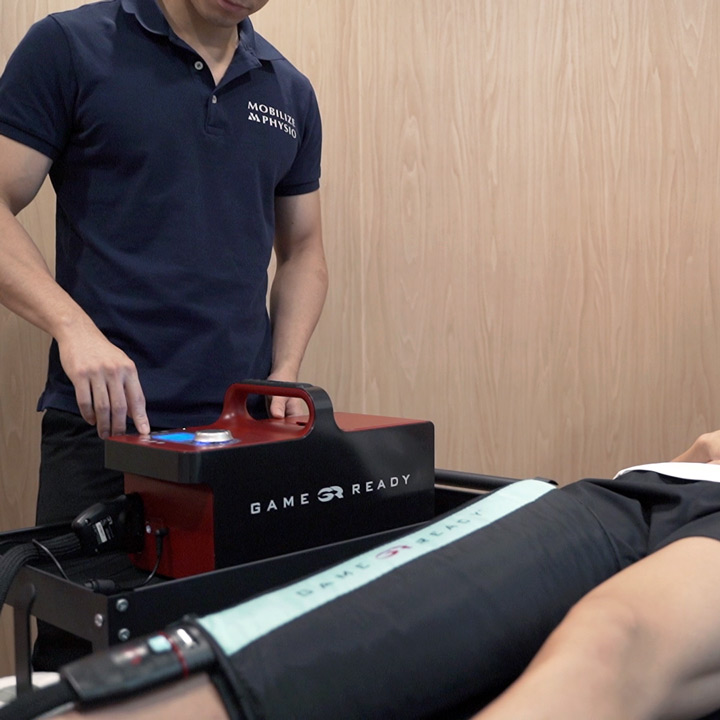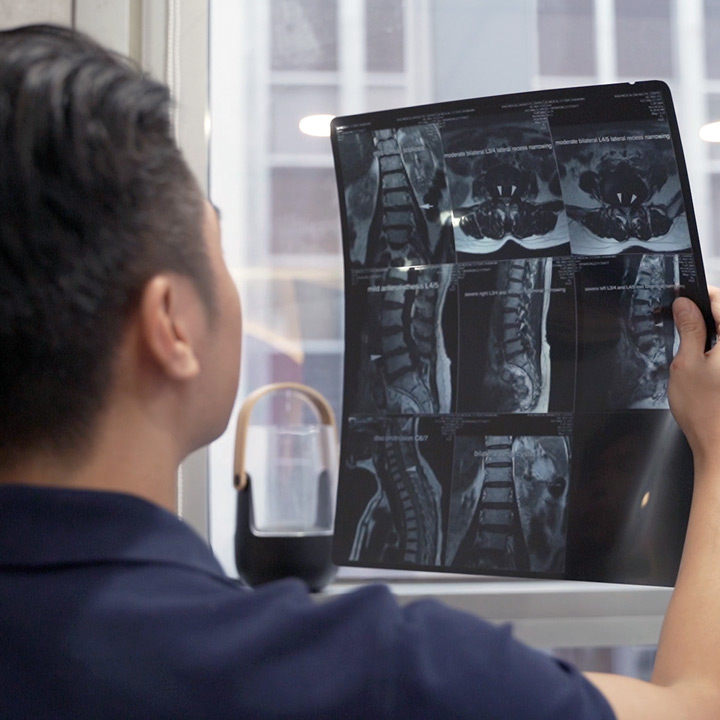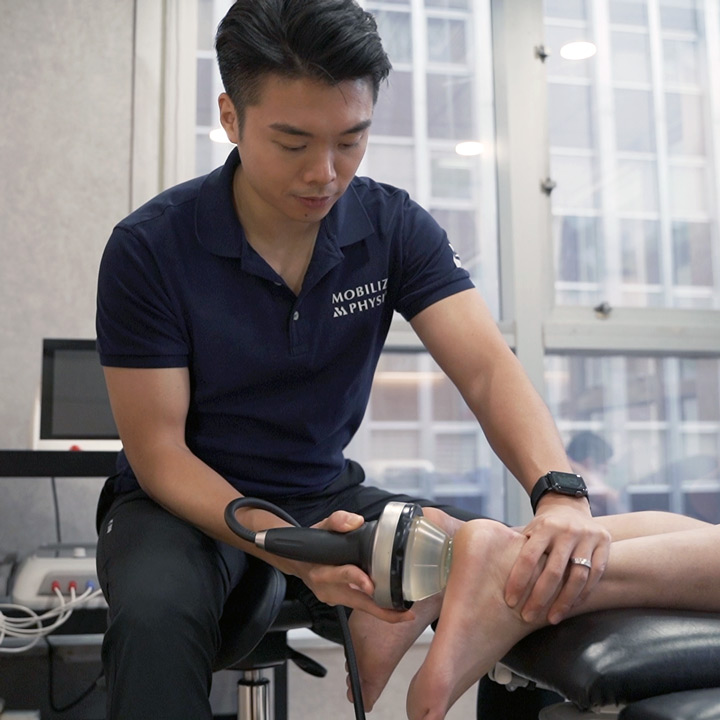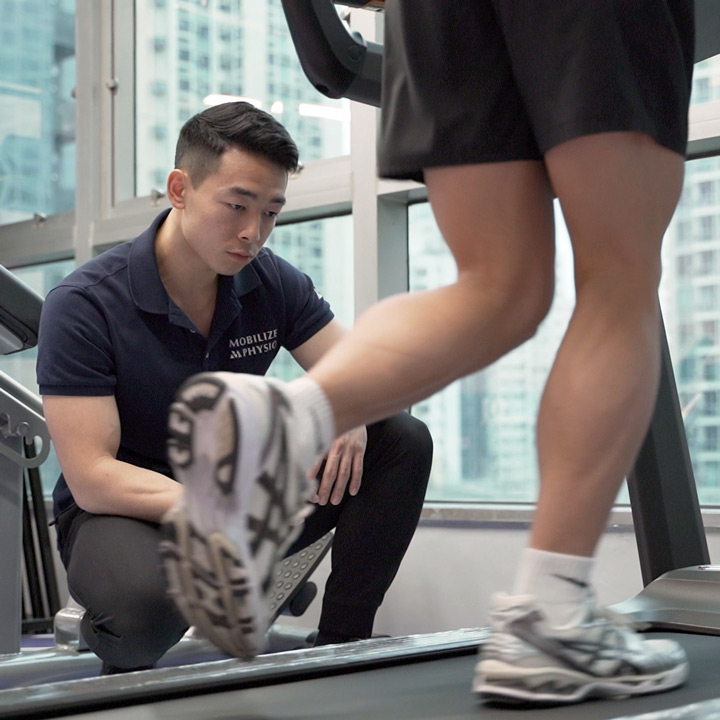Are your daily activities such as walking, climbing stairs, or exercising affected by knee pain? In fact, strengthening exercises targeting weak muscles not only help reduce knee pain but also improve joint stability. Whether you are recovering from a sports injury or suffering from chronic knee pain, incorporating the following exercises into your routine can bring significant benefits to your knee health.
Table Of Content
The Relationship Between Knee Pain and Muscle Weakness
Knee pain is very common pain condition and affects people of different ages. It is often caused by sports injuries, degenerative arthritis, or overuse. Weak muscles around the knee are one of the main reasons for joint misalignment and increased pressure. By specifically training the muscles around the knee, you can improve joint support, reduce discomfort, and enhance mobility.
Benefits of Strengthening Exercises for Knee Pain
Doing strengthening exercises for knee pain has multiple benefits, including:
-
Promoting blood circulation to repair damaged tissue
-
Increasing muscle strength and stability, reducing risk of re-injury
-
Improving flexibility and range of motion, reducing stiffness and discomfort
Persisting with these exercises long-term helps improve joint function and quality of life.
Warm-Up and Preparatory Exercises
Before starting any knee exercises, warm-up is very important. It is recommended to do leg swings and knee circles as dynamic stretches. These help increase blood flow to knee muscles, relax tight muscle groups, reduce injury risk, and enhance training effectiveness.
Quadriceps Strengthening Exercises
The quadriceps are key muscles supporting the knee. Recommended exercises include:
-
Knee Extension
-
Squat
-
Lunge
These exercises effectively strengthen the quadriceps and other thigh muscles, helping to reduce pressure on the knees and relieve pain.
Hamstring Strengthening Exercises
Weak hamstrings can cause muscle imbalance and increase knee stress. Recommended exercises include:
-
Leg Curl
-
Deadlift
-
Bridge
These movements help improve knee joint stability and reduce the risk of pain and injury.
Calf Strengthening Exercises
The calf muscles also affect knee function. Suggested exercises:
-
Calf Raise
-
Heel Drop
-
Stair Step Exercise
These help distribute force across the knee, enhance calf endurance, and improve overall lower limb stability.
Hip Strengthening Exercises
Poor hip control can lead to knee misalignment and pain. Recommended exercises:
-
Hip Abduction/Adduction
-
Clamshell
-
Bridge
These exercises improve hip strength and alignment, further reducing pressure on the knees.
Importance of Balance and Stability Training
Improving balance and stability helps reduce fall risk and enhances knee joint control. You can try:
-
Single-leg Stand
-
Balance Board Training
-
Stability Ball Training
These exercises enhance proprioception and improve knee coordination and function.
Flexibility and Stretching Exercises
Maintaining muscle elasticity is crucial to prevent stiffness and improve mobility. Recommended stretches:
-
Quadriceps Stretch
-
Hamstring Stretch
-
Calf Stretch
Regular stretching helps reduce muscle tightness, improve blood circulation, and enhance therapeutic results.
Benefits of Low-Impact Aerobic Exercises
Participating in low-impact aerobic exercises such as swimming, cycling, or using an elliptical machine can strengthen cardiovascular function without putting stress on the knees. At the same time, it helps maintain lower limb endurance and function—ideal for people with knee pain.
Conclusion
Regularly doing exercises for knee pain helps improve joint health and overall mobility. Whether it’s quadriceps training, hip strengthening, stretching, or balance training, each type of exercise targets muscle groups needed to stabilize the knee. Remember, correct form and consistency are key to improving knee pain, preventing injuries, and restoring smooth movement.







Physiotherapy Service
Mobilize Physio is a physiotherapy center located in Hong Kong. Our team of professional physiotherapists provides high-quality, evidence-based pain treatment. Our services include sports injury treatment, pain management, post-surgery rehabilitation, and posture and body alignment correction.
Every patient is unique, and we believe that every treatment plan should be customized accordingly. Therefore, we focus on one-on-one service to ensure that each patient receives personalized attention and specialized care. Contact us today to learn more about our physiotherapy services.
Latest Blog Posts

Why Pre and Post-Operative Physiotherapy is Essential for Recovery?

Tips to Reduce Hip Joint Pain and Stiffness

Pain in the Butt: Why It’s Probably Not Piriformis Syndrome

Standing All Day at Work? 7 Tips to Reduce Your Risk of Varicose Veins

Mobility Enhancement for Older Adults: The Key to Healthy Aging

Traditional Acupuncture vs. Dry Needling: What’s the Difference?

